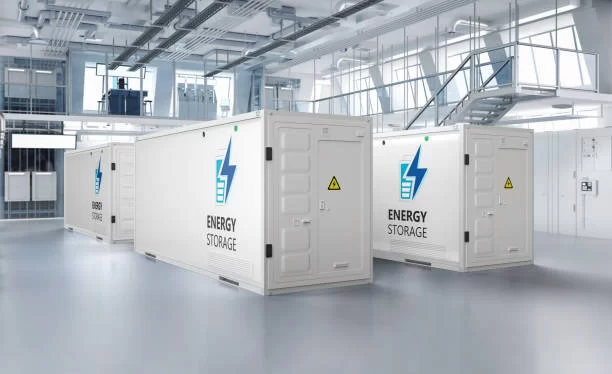Advanced Liquid-Cooled Battery Storage: Revolutionizing Energy Storage
In the pursuit of a sustainable and efficient energy future, advanced technologies are constantly emerging. One such innovation that is making significant waves in the energy storage landscape is Advanced Liquid-Cooled Battery Storage.
The importance of efficient and reliable energy storage cannot be overstated. As the world increasingly turns to renewable energy sources like solar and wind, the ability to store the generated power for use when the sun isn’t shining or the wind isn’t blowing becomes crucial. This is where advanced liquid cooling battery storage comes into play.
The key advantage of liquid-cooled battery storage lies in its superior heat management capabilities. Traditional battery cooling methods often struggle to maintain a consistent and optimal temperature within the battery pack. This can lead to performance degradation, reduced lifespan, and even safety concerns. Liquid cooling, on the other hand, offers a more efficient and uniform way of dissipating heat.
The liquid coolant, which is typically a specialized fluid with high heat transfer properties, circulates around the battery cells. This direct contact with the cells enables rapid heat extraction, keeping the temperature within a narrow and safe range. This not only enhances the performance of the batteries but also extends their lifespan significantly.
For instance, in large-scale solar farms or wind power installations, where battery storage is used to smooth out the intermittent nature of power generation, advanced liquid-cooled battery storage ensures a stable and reliable power supply. The batteries can handle frequent charge and discharge cycles without suffering from excessive heat build-up, thereby maximizing the utilization of renewable energy.
Another significant benefit of this technology is its impact on energy density. By maintaining optimal temperatures, batteries can be packed more closely together, allowing for a higher storage capacity within a given space. This is particularly important in applications where space is at a premium, such as in electric vehicles or compact energy storage systems for residential use.
In electric vehicles, for example, advanced liquid-cooled battery storage can lead to longer driving ranges and faster charging times. The improved heat management enables the batteries to operate at peak performance, delivering more power and reducing charging times. This not only enhances the user experience but also makes electric vehicles more competitive with traditional gasoline-powered vehicles.
Furthermore, the safety aspect of liquid-cooled battery storage cannot be ignored. High temperatures can increase the risk of thermal runaway in batteries, which can lead to fires and other hazardous situations. The efficient cooling provided by the liquid coolant helps mitigate this risk, making the battery storage systems safer for both large-scale industrial applications and consumer products.
However, like any emerging technology, advanced liquid-cooled battery storage also faces some challenges. The complexity of the cooling system can increase the initial cost of the battery storage solution. Additionally, the selection and management of the coolant fluid require careful consideration to ensure long-term reliability and environmental sustainability.
Despite these challenges, the potential of advanced liquid-cooled battery storage is immense. Ongoing research and development efforts are focused on improving the technology, reducing costs, and optimizing the performance. As these efforts bear fruit, we can expect to see this technology become even more widespread, transforming the way we store and utilize energy.
In conclusion, advanced liquid-cooled battery storage represents a major breakthrough in the field of energy storage. Its ability to provide efficient heat management, increase energy density, and enhance safety makes it a key enabler for the widespread adoption of renewable energy and the electrification of various sectors. The future holds great promise for this technology, as it continues to evolve and shape our energy landscape for the better.

